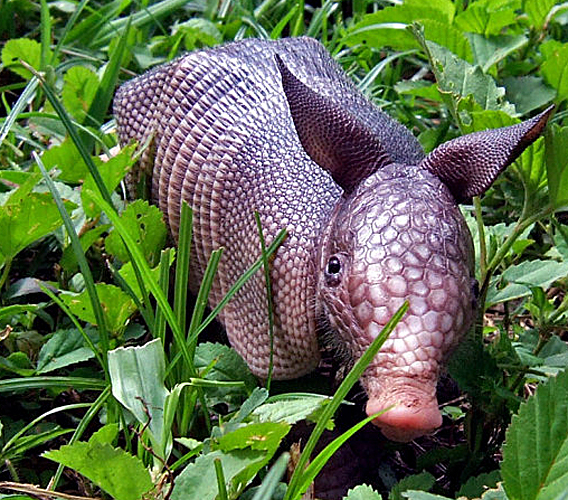

Most of their diet consists of various species of ants and termites, and may be supplemented by other insects, especially larvae. Furthermore, some exhibit a bipedal stance for some behaviour, and may walk a few steps bipedally. Some pangolins walk with their front claws bent under the foot pad, although they use the entire foot pad on their rear limbs. Īrboreal pangolins live in hollow trees, whereas the ground-dwelling species dig tunnels to a depth of 3.5 m (11 ft). The long-tailed pangolin is also active by day, while other species of pangolins spend most of the daytime sleeping, curled up into a ball (" volvation"). Most pangolins are nocturnal animals which use their well-developed sense of smell to find insects. Indian pangolin defending itself against Asiatic lions

Large pangolins can extend their tongues as much as 40 cm (16 in), with a diameter of only about 0.5 cm ( 1⁄ 5 in).

The tongues of pangolins are extremely long, and like those of the giant anteater and the tube-lipped nectar bat, the root of the tongue is not attached to the hyoid bone, but is in the thorax between the sternum and the trachea. They have short legs, with sharp claws which they use for burrowing into ant and termite mounds and for climbing. Pangolins can emit a noxious-smelling chemical from glands near the anus, similar to the spray of a skunk. The scales are sharp, providing extra defense from predators. It can curl up into a ball when threatened, with its overlapping scales acting as armor, while it protects its face by tucking it under its tail. The pangolin's scaled body is comparable in appearance to a pine cone. They are made of keratin, the same material from which human fingernails and tetrapod claws are made, and are structurally and compositionally very different from the scales of reptiles. The physical appearance of a pangolin is marked by large, hardened, overlapping, plate-like scales, which are soft on newborn pangolins, but harden as the animal matures. Schematic drawing of pangolin scale histology javanica) are critically endangered, three ( Phataginus tricuspis, Manis crassicaudata and Smutsia gigantea) are endangered and two ( Phataginus tetradactyla and Smutsia temminckii) are vulnerable on the Red List of Threatened Species of the International Union for Conservation of Nature. As of January 2020, there are eight species of pangolin whose conservation status is listed in the threatened tier. Pangolins are threatened by poaching (for their meat and scales, which are used in traditional medicine ) and heavy deforestation of their natural habitats, and they are the most trafficked mammals in the world. They tend to be solitary animals, meeting only to mate and produce a litter of one to three offspring, which they raise for about two years. Pangolins are nocturnal, and their diet consists of mainly ants and termites, which they capture using their long tongues. They live in hollow trees or burrows, depending on the species.
Cute armadillo skin#
Pangolins have large, protective keratin scales, similar in material to fingernails and toenails, covering their skin they are the only known mammals with this feature. A number of extinct pangolin species are also known.

These species range in size from 30 to 100 cm (12 to 39 in). Manis comprises the four species found in Asia, while Phataginus and Smutsia include two species each, all found in sub-Saharan Africa. The one extant family, the Manidae, has three genera: Manis, Phataginus, and Smutsia. Unique dog names female.Pangolins, sometimes known as scaly anteaters, are mammals of the order Pholidota ( / f ɒ l ɪ ˈ d oʊ t ə/, from Ancient Greek ϕολιδωτός – "clad in scales").


 0 kommentar(er)
0 kommentar(er)
